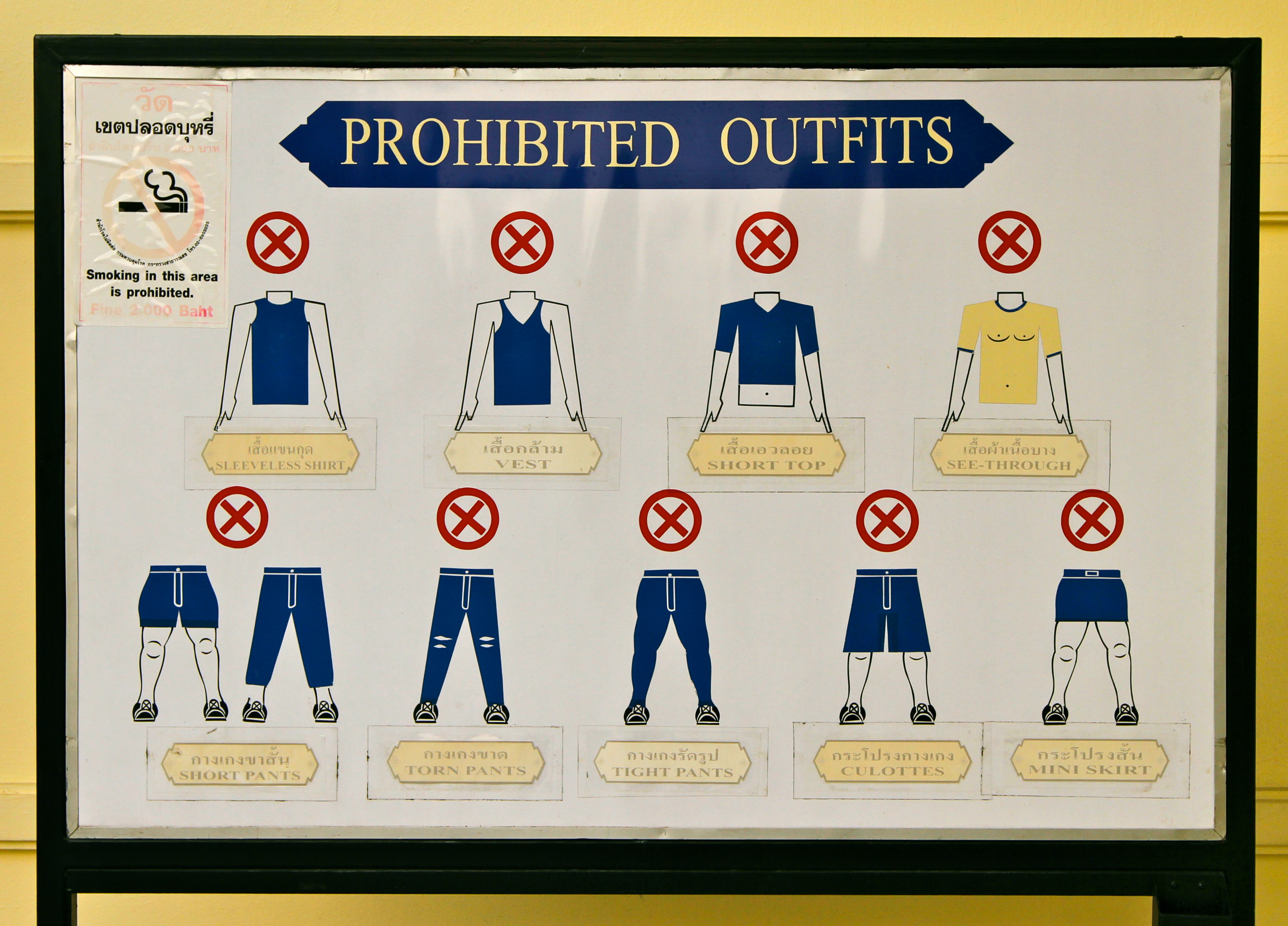Sarah Wainwright
One of my favourite and most compelling branches of psychology is Positive Psychology. I had the privilege of attending a lecture by one of the founders, Professor Martin Seligman, at Ravenswood School for Girls. Some of the scientific research undertaken by Professor Seligman includes optimism, and more specifically, Learned Optimism. Optimism is an attitude, a belief that the outcomes of events or experiences will generally be positive. Optimistic attitudes are linked to a number of benefits, including better coping skills, lower stress levels, better health and greater persistence when pursuing goals. Learned Optimism explains that we can change our attitude and behaviours by recognising and challenging negative beliefs and self-talk (Moore, C., 2020, Positive Psychology).
THE IMPORTANCE OF HAVING AN OPTIMISTIC EXPLANATORY STYLE (how you explain and understand events that happen in your life)
- Permanence: optimists tend to view negative events as temporary and changeable. Consequently, optimists also tend to bounce back more easily after a failure or setback.
- Personalisation: optimists tend to lay blame externally when things go wrong (an external attribution style). Optimists are also likely to view positive events as being a result of their own efforts.
- Pervasiveness: when optimists experience failure in one area, they do not let it influence their beliefs about abilities in other areas. It’s viewed as specific, an isolated event. (Scott, E., 2020).
HOW TO BECOME MORE OPTIMISTIC
Professor Seligman asserts that learning to be optimistic is an important way to maximise mental and physical health. It is possible to learn the skills that can help you become a more optimistic person and it is beneficial to teach kids optimism skills (when children have the mental ability to think about their own thoughts). Seligman’s approach to learning optimism is, in part, based on cognitive-behavioural techniques focused on identifying underlying thoughts that influence behaviours, and then actively challenging these beliefs.
SELIGMAN’S ABCDE MODEL OF LEARNED OPTIMISM
- Adversity: think about a recent adversity or challenge, related to your health, family, relationships or work for instance.
- Belief: what type of thoughts do you have when you think about this challenge?
- Consequence: what behaviour, responses or feelings emerge from your beliefs? Did the beliefs result in positive actions or did they hinder you from reaching goals?
- Dispute your beliefs: look for examples that prove these beliefs wrong, challenge your assumptions. With practise it will become easier to identify and challenge negative thoughts and beliefs.
- Energised and motivated: how do you feel after you have challenged your beliefs? Remember times that you have worked hard towards a goal, when you felt proud of yourself, and felt hopeful and inspired to keep pursuing your goals. (Scott, E., 2020).
As I reflect and conclude, my friend Amanda comes to mind. Amanda epitomises optimism, especially in terms of her ‘optimism-in-action’ – she practices being optimistic with what she thinks, says and does – she chooses optimism!












